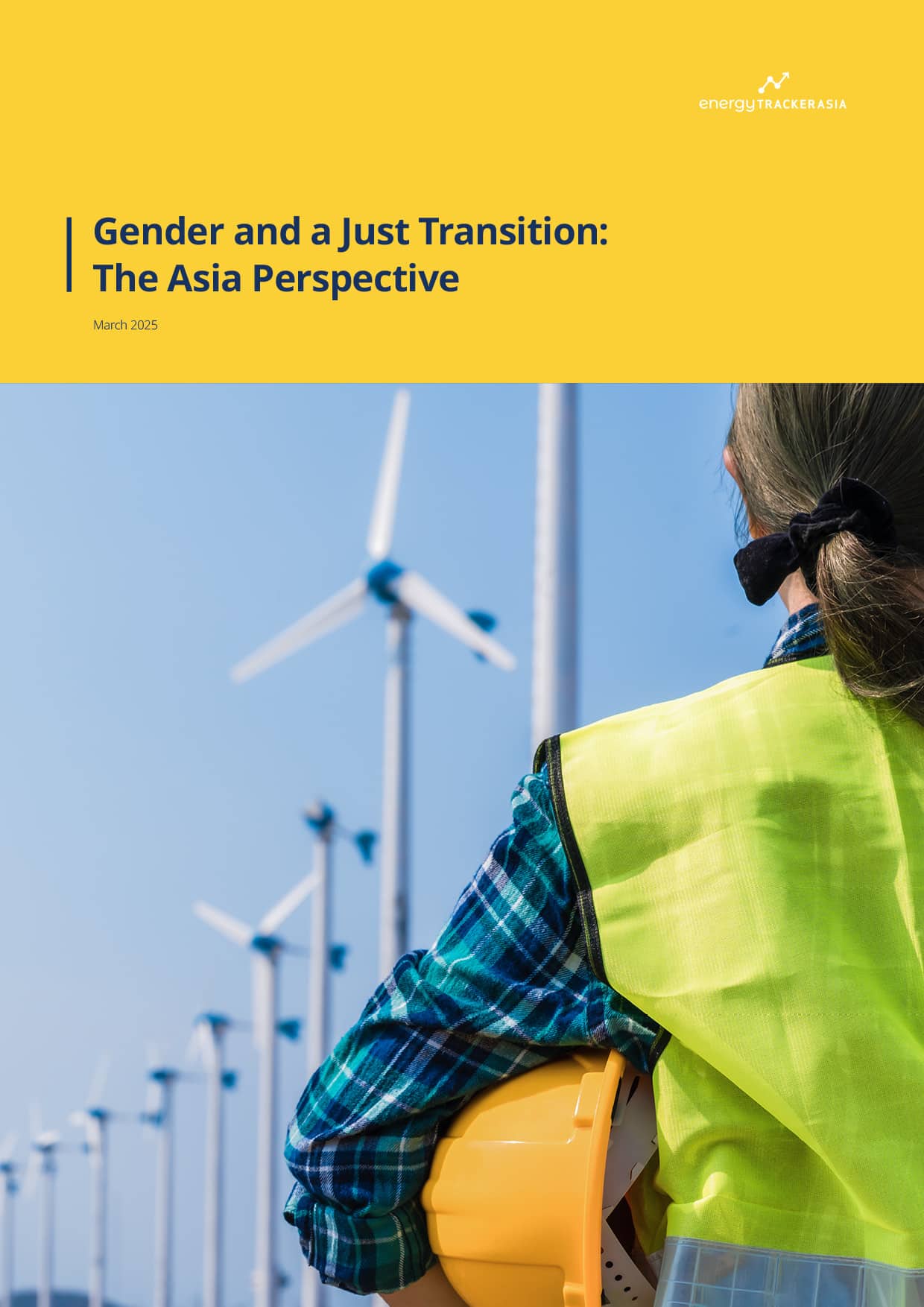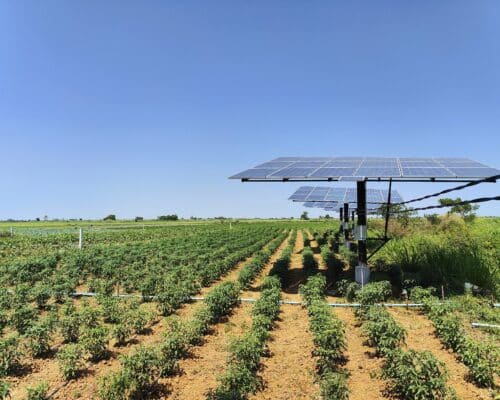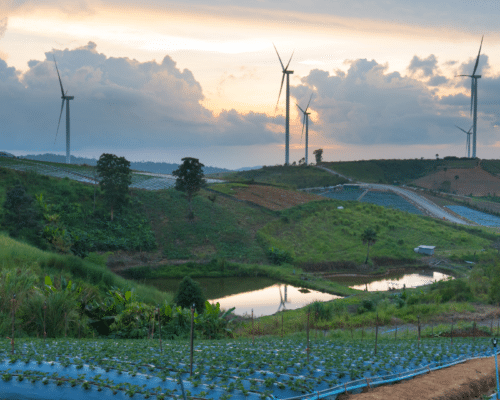Japan’s Offshore Wind Potential
Photo: Shutterstock / lordmamyia
10 February 2025 – by Nithin Coca
Japan, Asia’s second largest economy and one of the world’s largest greenhouse gas emitters, needs to double down on offshore wind, the country’s most abundant, exploitable renewable energy source.
“From the perspective of transitioning to a decarbonised society and energy security, it is imperative for Japan to expand offshore wind power generation,” said Akihiro Sando, a senior researcher at the Tokyo-based Renewable Energy Institute (REI).
Due to its large, dense population and mountainous landscape, there are limitations to the role that onshore wind and solar power can play. So far, onshore wind energy and solar have allowed Japan to grow its renewable energy generation percentage from under 10% in 2010 to nearly 23% in 2023, but growth has slowed in recent years.
But as an archipelago nation, Japan has the world’s seventh-longest coastline and sixth-largest exclusive economic zone, making offshore wind energy an attractive choice. In fact, there is more than 400 GW of floating offshore wind potential in Japan. Japan can dramatically grow the use of offshore wind power as part of its energy transition.
What Is Japan’s Goal for Offshore Wind?
There are now at least nine major offshore wind projects being planned or developed in wind-rich offshore areas in central and northern Japan. The government is hoping to see 10 GW come online between now and 2030 and 45 GW by 2040, seeing a large rise in offshore wind capacity.
That might sound like a lot, but it, in fact, isn’t. The United Kingdom and Germany – countries with smaller populations and coastlines than Japan – have much higher goals of 60 GW and 30 GW by 2030, respectively.
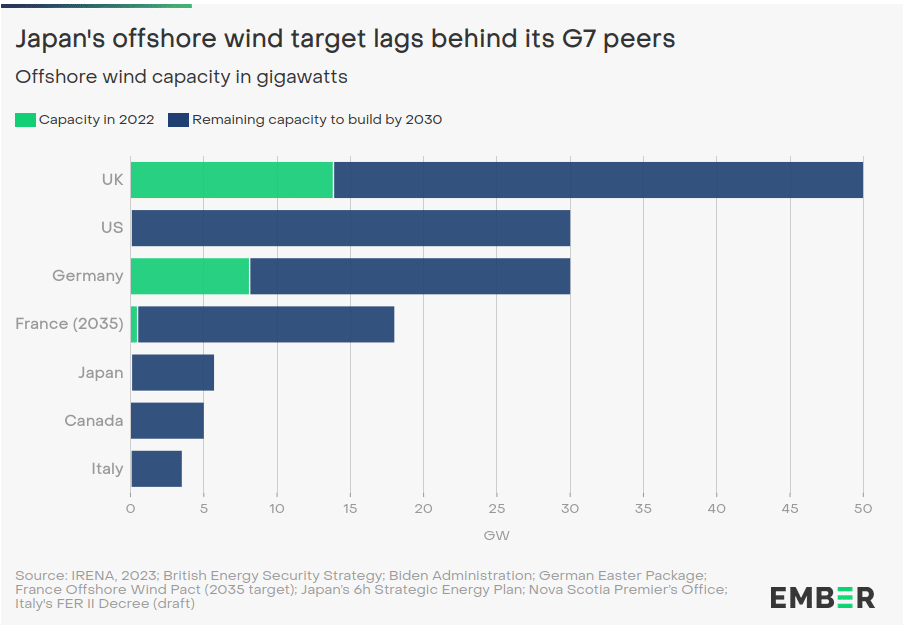
“Compared to the uptake of offshore wind power internationally, the scale of increase in offshore wind power deployment in Japan is still small, and the speed of development is slow,” said Sando.
Japan needs more wind power to cut emissions. According to Japan Beyond Coal, Japan has 54.75 GW of coal power capacity, and remains the world largest importer of liquefied natural gas (LNG), used in industry and for heating. In order to achieve net zero, Japan not only needs to shift away from thermal coal, but also LNG and petroleum in transportation.
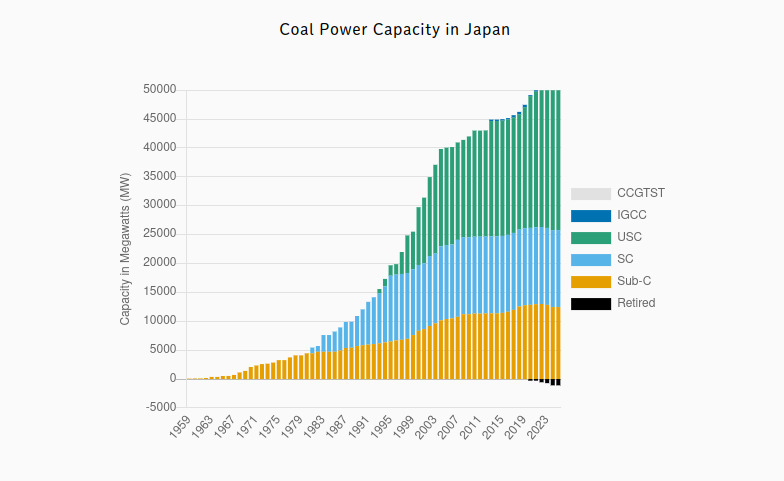
“Expanding offshore wind power is essential for Japan’s decarbonisation,” said Sando.
Meeting Japan’s Offshore Wind Potential
Climate and energy advocates say the country’s goals are not nearly ambitious enough, pushing for at least 5 GW a year and upwards of 100 GW by 2050 – and perhaps more if floating offshore wind technology becomes commercially viable.
Kae Takase, senior manager for climate change at REI, says the potential sea area deemed “highly feasible” for power generation is “estimated to be equivalent to 70 GW of implantable type offshore wind and 1,477 GW of floating type offshore wind by 2050.”
Takase found that the government’s plan is lower than those proposed not only by REI, but other think tanks and consultancies, including McKinsey and Deloitte.
The government can also do more to attract foreign investors, including European companies with expertise in offshore wind development, through clearer policies and incentives.
“A lot of work still needs to be done to create the right policy framework and enabling environment for a rapid build-out of offshore wind [in Japan],” said Ben Backwell, the CEO of the nonprofit Global Wind Energy Council.
This includes enabling local and prefecture governments, which are in charge of managing coastal areas, the tools to analyse offshore wind potential and mediate between fishers, who rely on access to the sea for their livelihoods, and developers.
Japanese government also needs to invest in expanding Japan’s grid transmission infrastructure so that electricity produced in remote areas where there is ample offshore wind potential, like Akita in the north of Honshu or the island of Hokkaido, can reach the tens of millions living in the densely populated Tokyo, Osaka and Nagoya metropolitan areas.
Expanding Japan’s Offshore Wind Capacity Brings Economic Benefits
Shifting to domestically produced renewable energy would bring numerous economic benefits, including eliminating the need to import petroleum, LNG and coal – currently the main sources of energy in Japan. It would also be cheaper than unproven technologies like ammonia co-firing or carbon capture and sequestration (CCS), current focuses of Japan’s energy plans.
Shifting subsidies and expanding technical support for offshore wind farms and offshore wind turbines could also allow Japan to not only become a world-leading offshore wind market, but an export offshore wind technology exporter to places like Southeast Asia and California, which also have high offshore wind potential. Unlike LNG or CCS, this is something that communities in those regions want.
“With timely and strategic action, Japan has the potential to develop its floating offshore wind industry into a major internationally competitive industry before the sector really takes off worldwide,” said Chisaki Watanabe with the Japan-based think tank Climate Integrate.
by Nithin Coca
Nithin Coca covers climate, environment, and supply chains across Asia. He has been awarded fellowships from the Solutions Journalism Network, the Pulitzer Center, and the International Center for Journalists. His features have appeared in outlets like the Washington Post, Financial Times, Foreign Policy, The Diplomat, Foreign Affairs and more.
Read more
